Water treatment for cement plant
December 11, 2017 11:10 am
Highlighting the importance of water treatment for cement plant.
A cement plant wastewater treatment system has to be highly effective in order to remove the minute particulate that remains after cement production. This task becomes even more important when a closed system – the industry standard – is in place and the waste water is reused over and over again. In cement industries water is used only for cooling operation of manufacturing process or it has different other uses. So here we discuss why and how important is water treatment for cement plant.
Why is water treatment so important
Thirumurugan Rajaram, Manager – Business Development (Sales), Grundfos Pumps India Pvt Ltd, says, “Cement mills are water sensitive and water plays a major role in its production, starting from crushing stage till mill equipment. The source of water varies from surface water including from rivers and lakes, ground water from borewells, rainwater harvested etc. which are having different water properties. This water is treated to desire parameters enabling the process are not affected and the end product is manufactured with good quality.”
He adds, “For human consumption, the water needs to meet WHO regulations. Water treatment is an important package which brings the water desirable to use for cement manufacturing, drinking and other utilities.”
Subaash R, Senior Application Engineer, Susin I-Tork India Pvt Ltd, says, “In cement industries water is used only for cooling operation of manufacturing process. Process waste water with high pH and suspended solids may be generated in some operations. Generally waste used for cooling purpose is recycled and reused in the process. Screening and for suspended solid reduction is done by using settling basin and clarifier. Water treated from wastewater treatment plant should use for green belt development. This green belt also helps in minimising noise pollution.”
He adds, “At time mining site and cement plant contaminated streams of rain water should be directed to the wastewater treatment plant and should use for industrial process. Storm-water flowing through pet–coke, coal, and waste material stockpiles exposed to the open air may become contaminated.”
Rain water should be protected from contacting from coal depot clinker and lime and fly ash storage area to prevent contamination by covering the storage area and should collect at some tank for further use in dust suppression system at plant. If storm-water does contact storage yard than it may indicate presence of high value of sulphate in soil and toxic metals like zinc, lead and chromium in the dust and high TDS value in ground water.
He informs, “For automating the waste water pipelines, quarter turn actuators are mostly used. Our actuators serve well the purpose. Pneumatic or electrical actuators are used for automatically open or close the waste water pipelines.”
The company mainly offers pneumatic or electrical actuators (full ranges) with respective accessories i.e. with fully automated valve (all types of valves), dampers.
Cooling heavy equipment and exhaust gases
Vimal Chokhavatia, Managing Director, Chokhavatia Associates, says, “Cement production requires water for cooling heavy equipment and exhaust gases, in emission control systems such as wet scrubbers, as well as for preparing slurry in wet process kilns.”
He explains, “Today there are still wet and dry cement technology but the technologies in wet process kilns are becoming obsolete and progressively being replaced by more efficient dry process kilns. While cement manufacturing is largely a dry process, the cement industry is still dependent on water for maximising the performance of utilities systems such as oil cooling, compressor intercooler cooling and steam generation.”
Chokhavatia highlights some of the critical areas that must be focused in order to ensure the reliable and efficient operation of the plant includes:
• Control of scale deposits in high temperature intercoolers and heat exchangers that is contaminated with cement dust in the system
• Slime control in cooling towers of cooling systems and heat exchangers
• Suspended solids control in low velocity heat exchangers
• Corrosion protection of cooling systems
• Management of boiler feed water purity.
Chokhavatia opines, “The water management of these areas can be achieved by putting up the water softening plants, dual media filters and DM or RO plants. The installation of these plants increases the plant life and performance.”
Besides the cement manufacturing plants, the raw or treated water is also used for the residential colonies of the cement manufacturing plants. Depending on the source of raw water, dual media filters and RO plants are used for the treatment of water.
Chokhavatia Associates deals in municipal water treatment plants, dual media filters, softening plants and RO plants.
Essential to prevent boiler scaling
Cement industry mainly requires water treatment unit for the boiler feed applications. Typical boiler feed conditions are pH – 8.5, conductivity – 0.2 micro siemens and reactive silica 0.02 ppm. According to Dibya Ranjan Dash, Asst. Manager- Process & Proposal-Murugappa Organo Water Solutions Pvt Ltd, this feed limiting condition is very important to prevent the scaling of boiler which is the heart of the captive power plants in cement industries. In order to achieve the above conditions, the following treatment scheme is being offered:
Multigrade filter –>Reverse osmosis system –> Degasifier –>Mixed bed
Multi grade filter
The raw water is shall be treated with multi grade filter to remove suspended solids carry from water.
Filtration system
The raw water shall be treated with multi grade filter to remove suspended solids carry from water.
Reverse osmosis system
The treated water is taken into reverse osmosis feed tank from where it is pumped to RO system. Avid, sodium bi-sulphite and antiscalant will be dosed in RO feed water prior to cartridge filter for trouble free and efficient operation of the RO system.
RO feed water will then pass through 5-micron cartridge filter. Micron filtration by cartridge filters shall eliminate any foreign particles. High pressure pumps are provided to feed filtered water at high pressure to the RO feed port.
Degasifier
Degasifier receives from the RO and strips the carbon dioxide in the influent water by facilitating contact between the influent water and a counter-current flow air. Removal of carbon dioxide is done through a mass transfer mechanism using air as the stripping agent and plastic packing as solid contact media for the gases. Air is introduced at the bottom of the Degasifier using the Degasifier fan and the stripped carbon dioxide is then discharged to the atmosphere. The degasified water is collected at the bottom compartment of the Degasifier before being pumped into the mixed bed tower by DG water transfer pump.
Mixed bed tower
The mixed bed tower receives feed from DG Tower. In this exchanger, both cation and anion resins are present. The influent feed water first flows downward from the top, passes through the anion resin first and then the cation resin.
The ions slipped from RO are removed here. So, this is also called as a polishing tower. Mixed bed exchanger is usually regenerated with either HCl or H2SO4 and NaOH.
Grundfos solutions
Grundfos offers wide range of products used in water treatment area. Rajaram states, “Our vertical multistage pumps, CR or CRN, are widely used in RO high pressure or backwash application with IE3 motors. End suction pump NB or CM used as feed pumps. For precise dosing of chemical in this treatment process.” He adds, “Our dosing pumps are in operation at various cement plants. These are highly energy efficient, reliable, less maintenance and require very little space for installation in their skids. For slightly aggressive liquids, we offer pumps in complete stainless steel version.”
Thirumurugan Rajaram, Manager – Business Development (Sales), Grundfos Pumps India Pvt Ltd
Subaash R, Senior Application Engineer, Susin I-Tork India Pvt Ltd
Dibya Ranjan Dash, Asst. Manager- Process & Proposal-Murugappa Organo Water Solutions Pvt Ltd
Vimal Chokhavatia, Managing Director, Chokhavatia Associates
Cookie Consent
We use cookies to personalize your experience. By continuing to visit this website you agree to our Terms & Conditions, Privacy Policy and Cookie Policy.



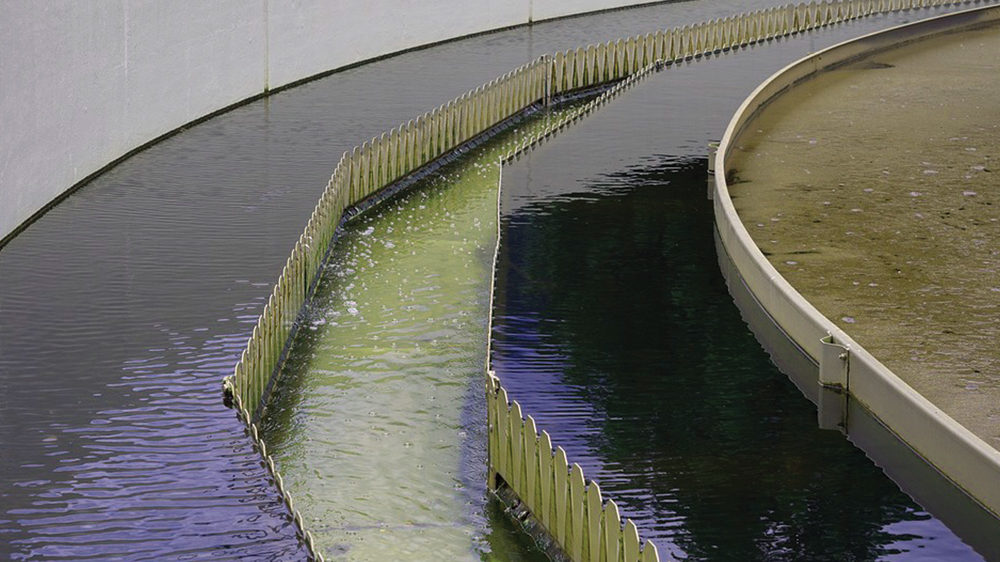
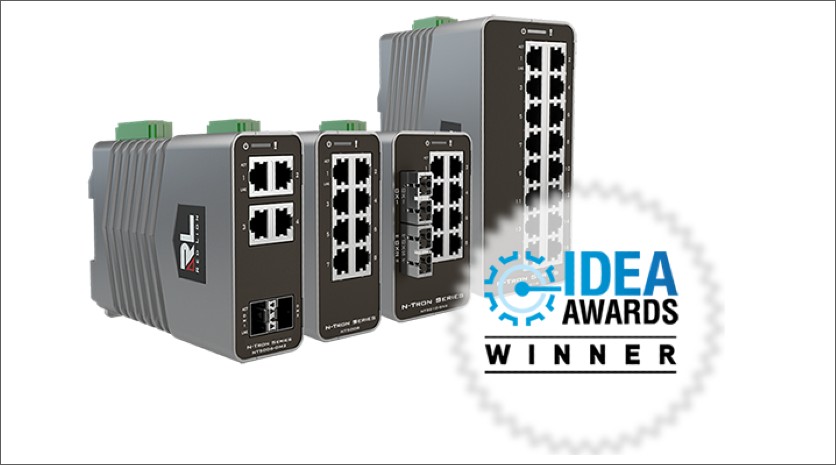
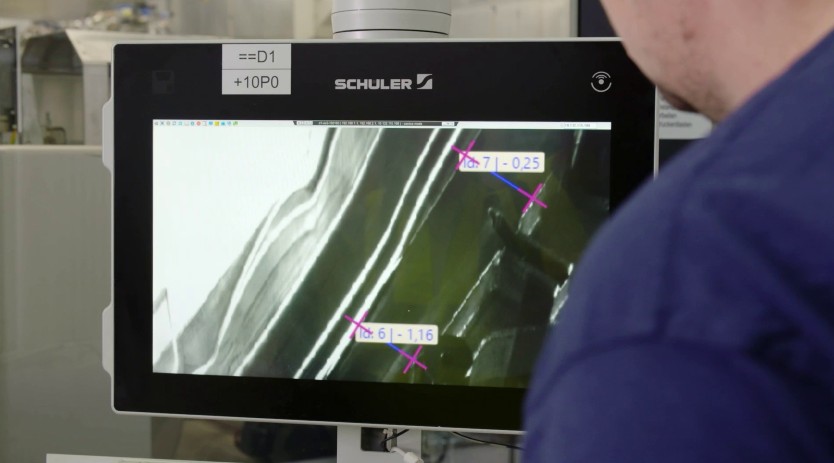
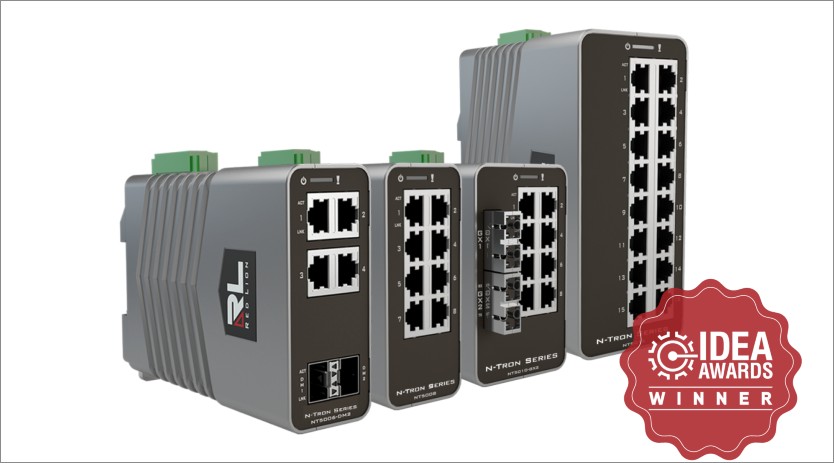

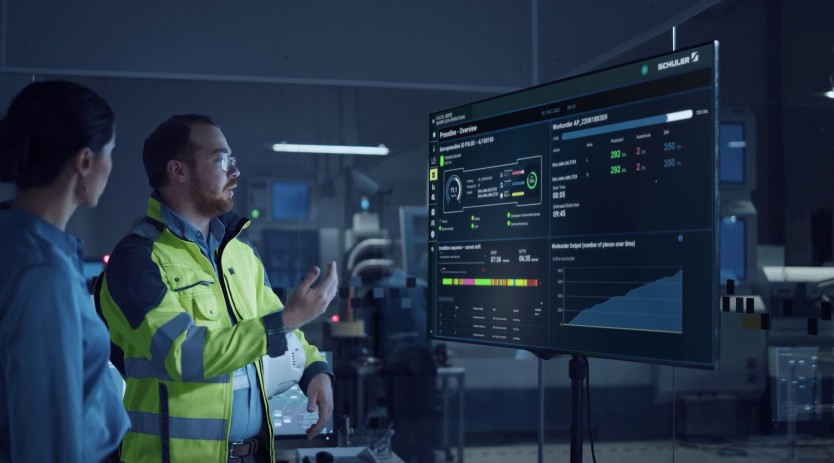
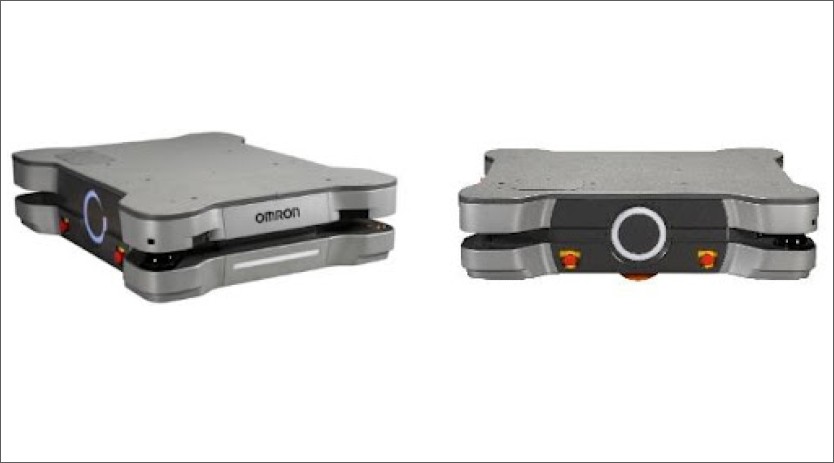
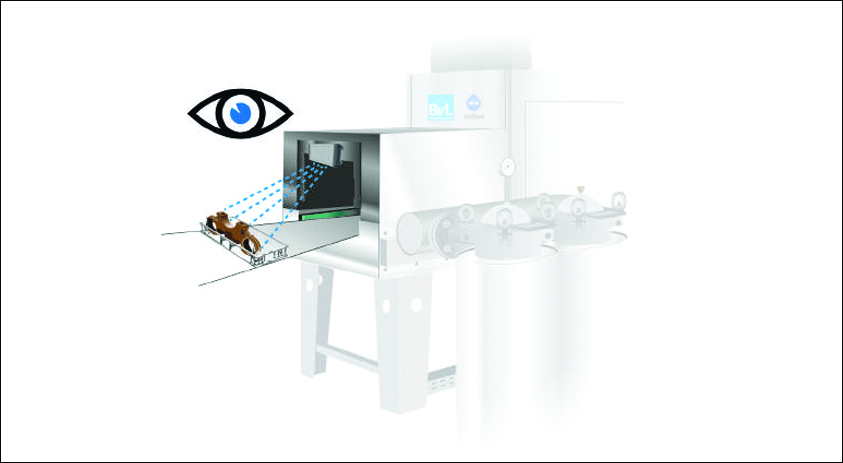






 English
English Hindi
Hindi